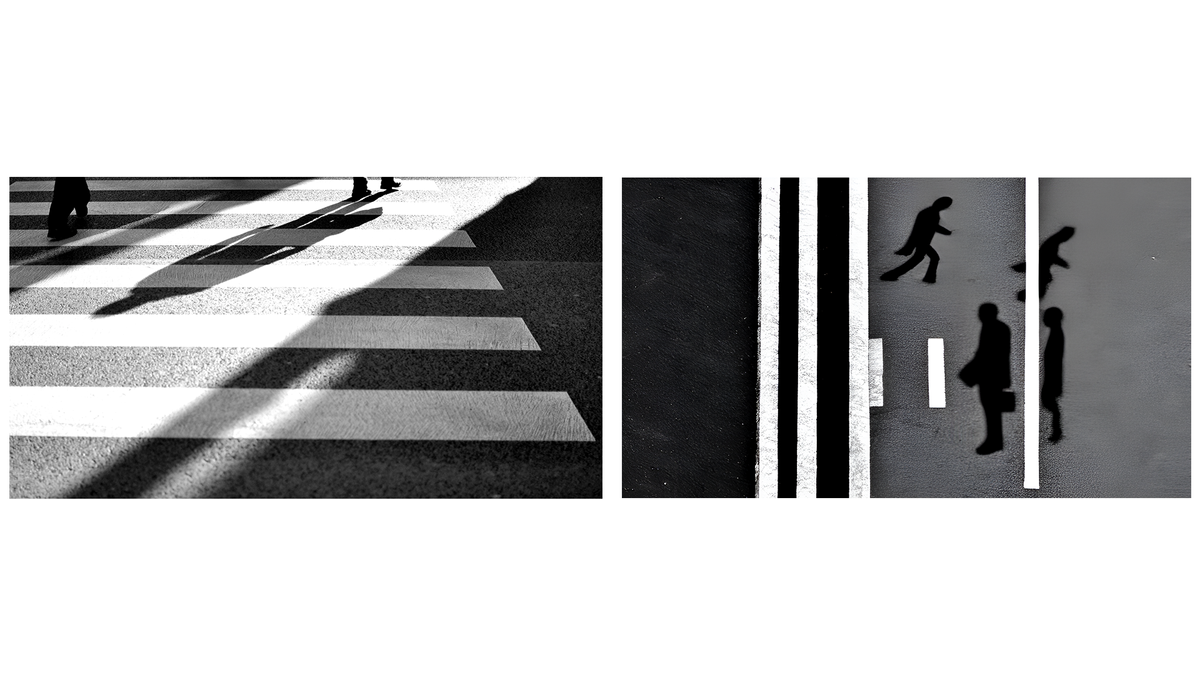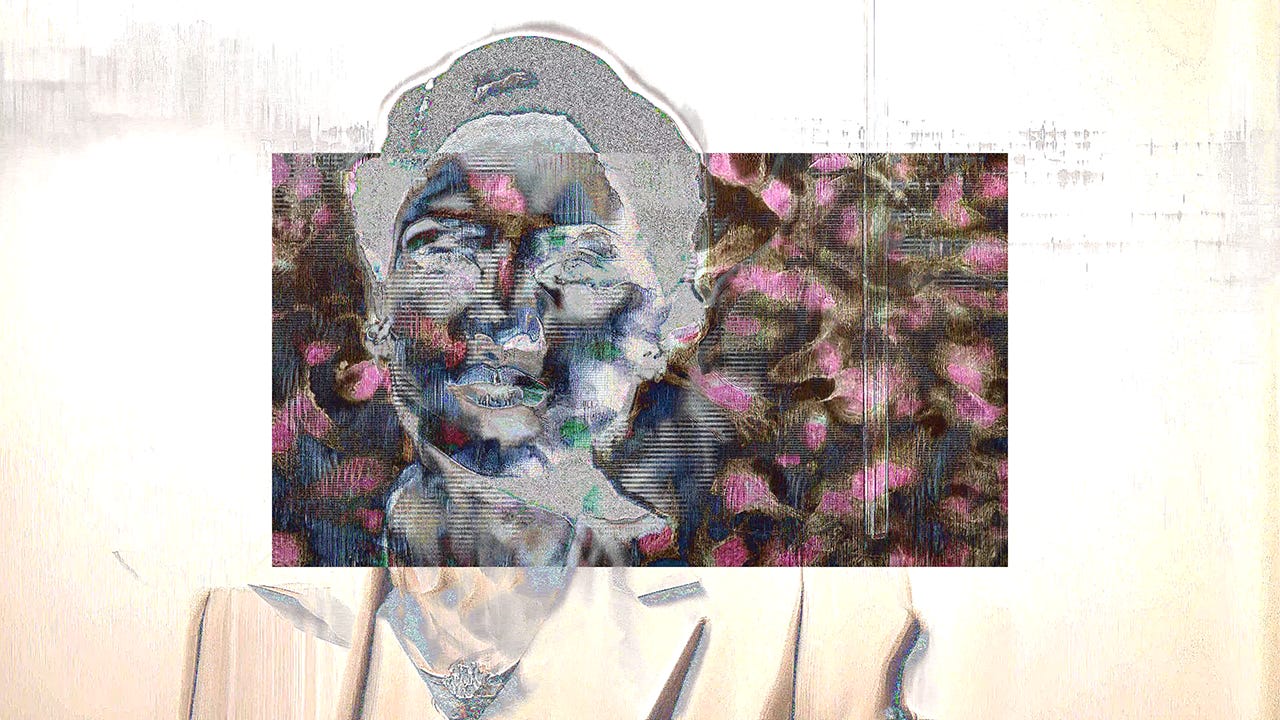The Ghost Stays in the Picture II
Data Casts Shadows

The second part of my research posts for the Flickr Foundation is now online, with part 3 coming Tuesday. (You can read part one here if you missed it).
In part one I charted out a methodology of looking for haunting in generative AI, which is a means of looking at absences and gaps that shape the content we see.
In the second installment, I take a deeper look at a specific case study: The YFCC100M Dataset to learn how it became AI infrastructure — particularly in the field of data-driven machine learning and computer vision. It’s a look at how datasets can be designed for one purpose and applied to another. In this case, a dataset meant to analyze Flickr’s online content was used to calibrate a wide range of image labeling systems. The result, I suggest, is that the decisions about how YFCC100M was organized are continuing to shape image outputs from generative AI.
It is speculative research, which I hope is clear by my use of “haunting” as a methodological framework. But it is also a way of making a case for the intuitive and humanistic reading of images as we search them for evidence of absences, which is, by its very definition, unquantifiable without imagining the counterfactual.
I am excited about part three, which moves away from YFCC100M — and away from Flickr itself — to examine what this means at scale. In that piece, I look at the history of Stereograms, and how AI generated images of these types of images are haunted by systems of power and imperialism.
For now, though, here’s part two.

“Because of You” has taken one of three top prizes at the CVPR Art Gallery, which contained more than 100 contributions by artists working which machine learning, generative AI, and machine vision. The work is a collaboration with Dr. Avijit Ghost and it explores datafication, memory, and identity through the story of Henrietta Lacks, whose cells were taken without her knowledge or consent in 1951. These cells — pieces of her body which contained the rare and remarkable property of infinite reproduction — went on to lead to enormous scientific breakthroughs without acknowledging her or compensating her family.
You can see the page for the CVPR Gallery, which was an enormous undertaking by the curator Luba Elliott, here. You can learn more about, and see, our winning piece by clicking the button below.
This week:
Design Research Society Conference Keynote
With Myself, Dr. Laura Forlano and Dr. Beth Coleman at the MIT Media Lab
Very excited for this!
“This conversation brings together two perspectives on artificial intelligence (AI) in order to understand current discussions about technology and humanity. What are the mythologies, promises and perils of AI in the current moment? How might these technologies be used by designers and how might they impact the field of design? Who is included and who is excluded in these definitions? How might we re-imagine these technologies—ethically, expansively and artistically—around particular communities and notions of difference? In what ways might these technologies support human and non-human flourishing? What are the most exciting examples of AI being used today? Why should we embrace these technologies and, on the other hand, should we resist them?”





